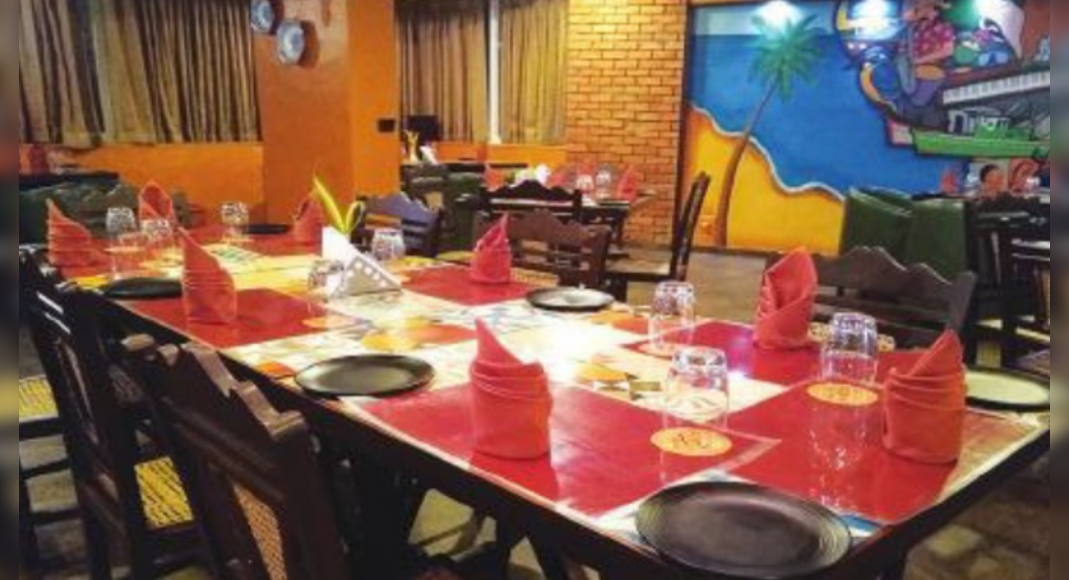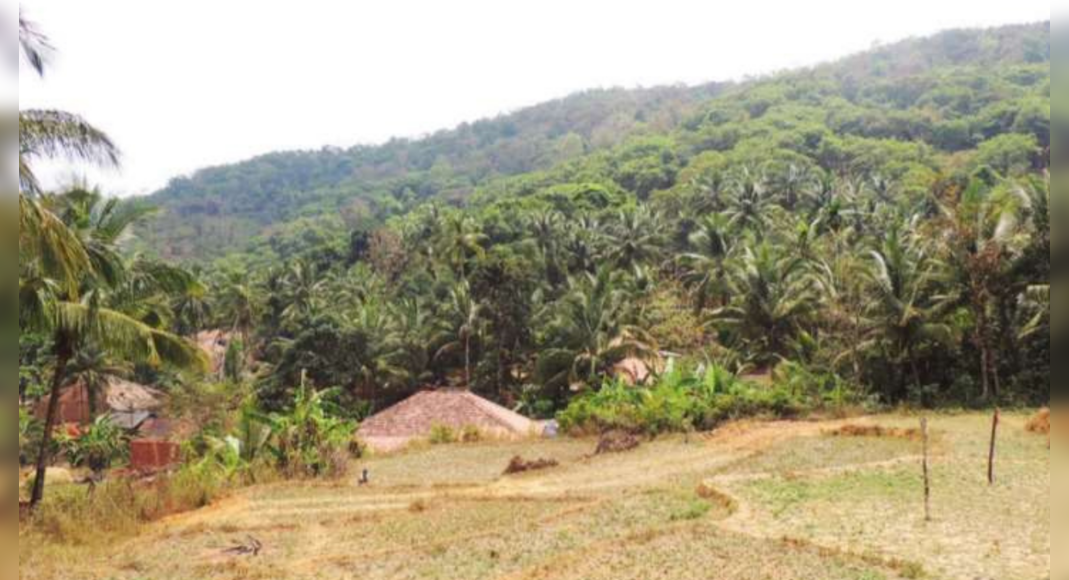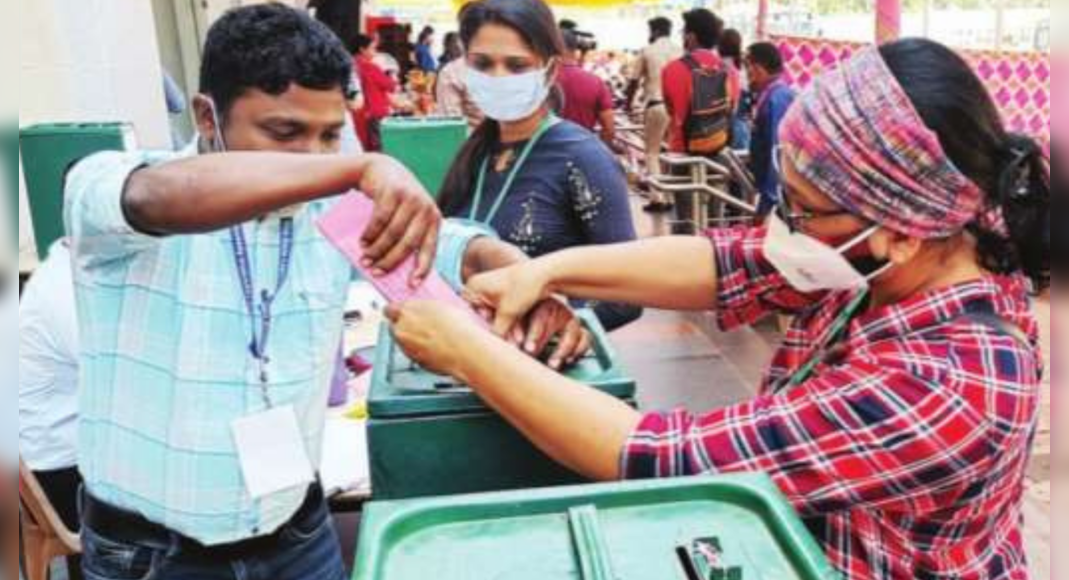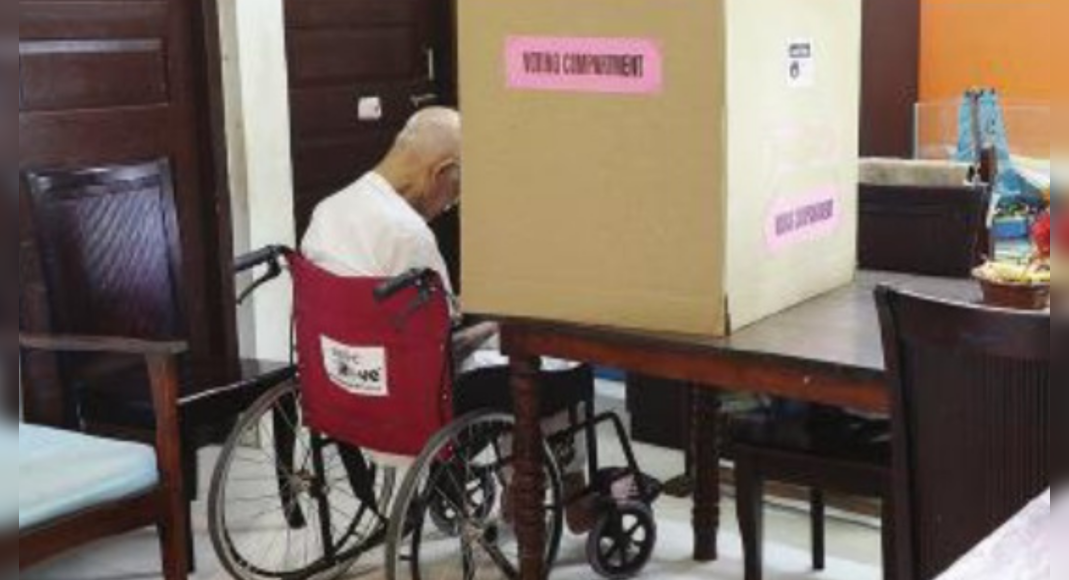PANAJI: The figure for Goa’s overall deaths from Covid crossed 3,000 on Tuesday.
The day also marked one year since the first Covid death in the state.
The initial 1,000 occurred over a period of 10 months — 307 days — between June 2020 and April 2021.
The major toll occurred during the second wave that hit the state like a ton of bricks in April.
As the state was largely unprepared to handle it, it resulted in a devastating fallout.
The combined effect of an infectious variant and the acute shortage of beds and oxygen saw the positivity rate touch 51% during the period from April to May.
State epidemiologist Dr Utkarsh Betodkar said the prevalent variant during the second wave in Goa was found to be the very infective and dangerous Delta strain.
This he said was responsible for the very steep rise in cases.
“However, the deaths were almost proportionate to the number of cases reported during this wave.
The positivity rate was high and we saw a very high number of cases this time compared to the first wave,” he said.
Mortalities had escalated so rapidly that Goa clocked 100 deaths every two days and up to 75 on a single day last month.
By May 15, the state had added another 1,000 deaths to its tally.
The devastation had prompted the HC to take cognisance of the PIL in the oxygen shortage crisis, which claimed several lives.
Following the court’s intervention daily deaths began to decline and the last 1,000 deaths took place over the past 38 days.
It was only after the HC’s monitoring that a liquid oxygen tank was set up in record time at GMC reducing its dependence on oxygen cylinders that were being transported on slow agricultural tractors.
There was no preparedness for the third wave, advocate Nikhil Pai said.
“In the event of a pandemic if you’re not prepared, the health system is going to collapse.
This is exactly what happened in April and May,” he said.
South Goa Advocates’ Association filed a PIL in the high court no sooner the Goa Association of Resident Doctors (GARD) exposed the government’s claim that all was well on the oxygen front on May 1.
“When the petition was filed, the death rate had gone through the roof,” Pai said.
“There was a phenomenal decrease in Covid deaths after the high court’s continuous monitoring and after it forced the authorities to coordinate with each other.” Ironically, even the health minister came out publicly to say that people were dying during the dark hours at GMC on account of drop in oxygen levels and asked for an inquiry.
At one point during the hearing of the case when affidavits from the government hadn’t come in time, the bench asked for both the dean of GMC and the health secretary to be put on video conferencing and obtained information directly from them.
“That’s when the horrifying details of dependence on the archaic trolley system for oxygen supply started emerging.
Until this time the government had maintained that there was no problem with oxygen in the state.
Once everything was out in the open, the authorities began acting,” Pai said.
“The negligence of the state was apparent and it’s the first time during my career that I’ve seen the high court apologise,” he said.
The HC got the government to insist on Covid negative certificates for those entering Goa when other states had already restricted entry.
Consultant surgeon and past IMA Bardez president, Dr Sandeep Naik said that while the government was expected to protect its people, the citizens too were less cautious compared to the first wave when the fear factor was very palpable.
“To add to this, people are also reluctant to take the vaccine,” he said.
“IMA had suggested to the government to give priority in vaccination to the 45-plus age group along with seniors as these are people who are active, working, buying groceries for the family, etc, but this was not done.
In hindsight we see that they were the ones who spread the disease.
Vaccinating this section of the population would have definitely brought down transmission and deaths and perhaps a lockdown wouldn’t have been necessary as the chain of transmission would have been stopped,” Naik said.
The herd immunity from those who tested positive during the last wave didn’t give any protection.
“Only the vaccine has helped.
The vaccinated population was protected and this is overwhelmingly seen among the medical fraternity where there were fewer serious cases among the healthcare workers who were vaccinated, during this second wave,” he said.
Decisions in preparation for a wave must be taken by health experts and backed by bureaucracy and politicians and not the other way round, Naik said.







